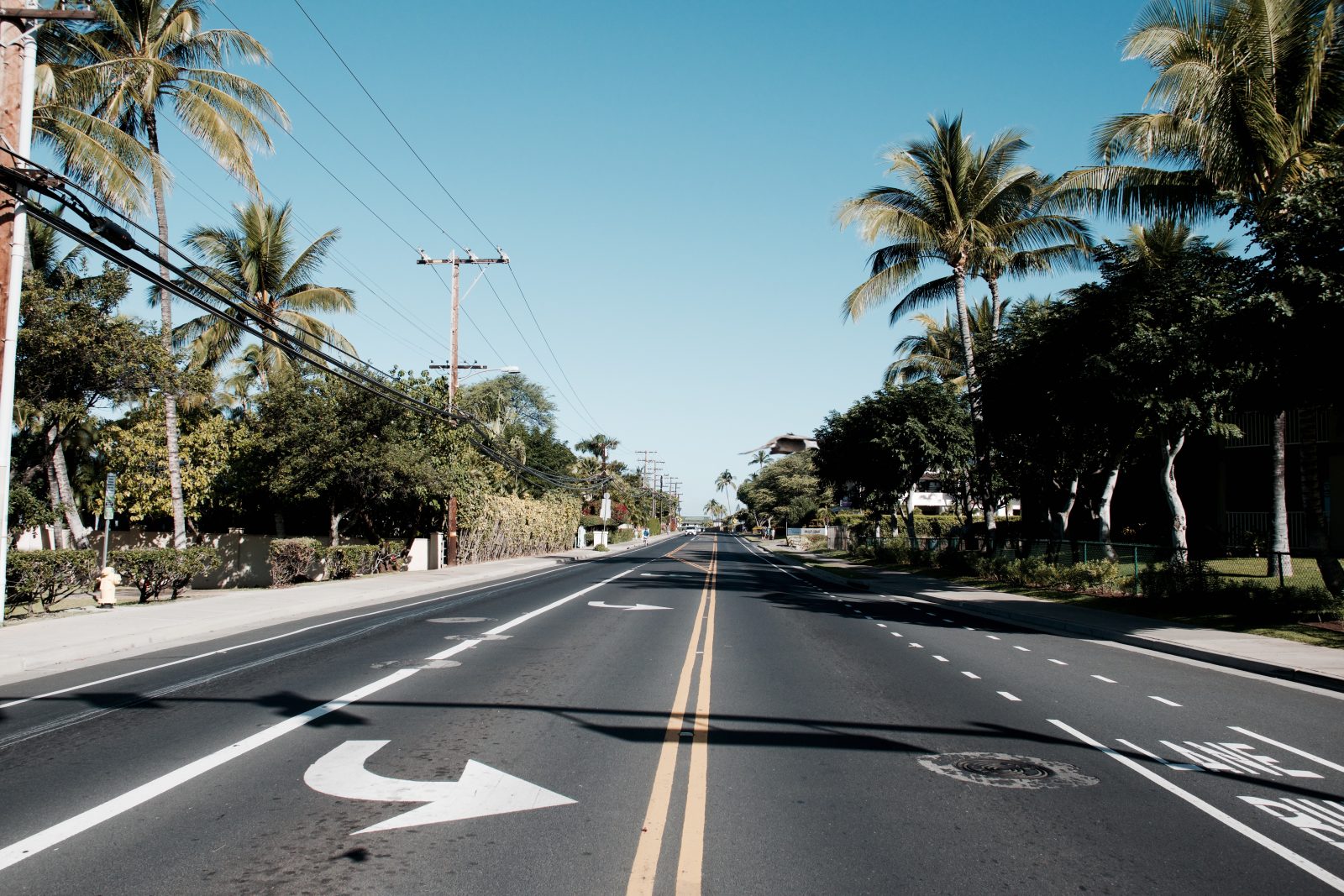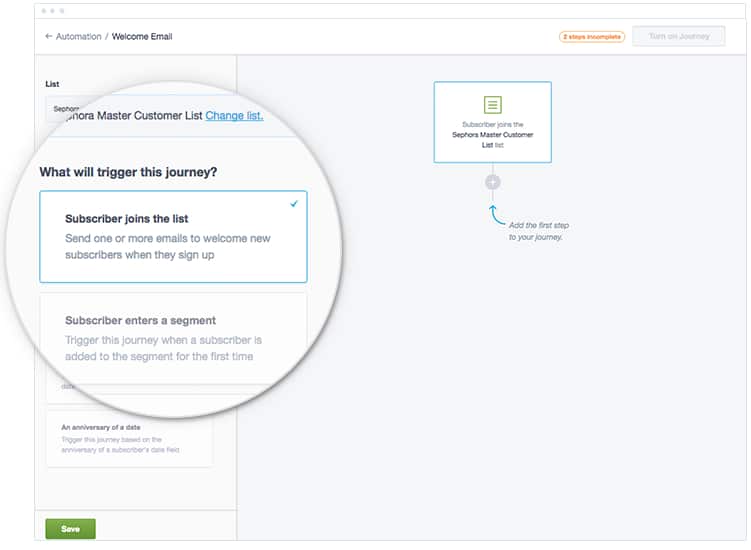Email continues to have the highest ROI of any marketing channel, boasting an incredible $38 return for every $1 invested. But not all email tactics are equally valuable.
There’s a big difference between engagement and interruption, between nurturing customers and bombarding them with content, between a segmented campaign and the old “batch and blast” technique.
Understanding the customer’s journey and using it to design automated emails can make all the difference. It’s a way to understand the user’s point of view and deliver what they actually want from you at a time when it’s most relevant and helpful.
In this post, we’ll take a look at how to build a personalized and automated email series that captures your reader’s attention and ultimately gives them a compelling reason to convert.
Map your customer journey
Any great email marketing strategy begins with mapping the customer journey.
From there, you create content from the ground up based on your customer’s needs at each stage. This approach ensures relevance and timeliness are baked into your email automation strategy. As the old saying goes, “It’s the journey, not the destination.”
At each stage of the user journey, focus on delivering content that is relevant to that particular phase. Don’t hit subscribers with a “hard sell”; instead, identify which problems they are looking to solve and provide content that answers their most pressing questions in that stage.
Your goal in stage one isn’t to sell your reader anything—it’s to get them to read the next email and, from there, to nurture them to stage two. Take it slow.
Enhance personalization with segmentation
First of all: Why do we care about personalization?
Because the payoff of personalization can be tremendous. According to Harvard Business School, a 5% increase in customer retention can translate to a 75% increase in a company’s profitability. What’s more, personalized and segmented emails generate 320% more revenue than standard promotional emails do.
After you map your overall customer journey, consider launching your personalization efforts with a welcome email. After all, your new subscriber signed up because they wanted to hear from you—don’t leave them hanging!
Later, you can introduce more personalization through reminder emails, remarketing to existing customers, and sending special offers to celebrate milestones and birthdays.
Just remember: your ability to do this is only as good as your data. You can’t send a birthday email to someone who hasn’t given you their birthday on a form so be sure you’re collecting the information you need to make this work.
That’s where segmentation comes in. Email personalization is about delivering the right content to the right people at the right time and to do that at scale, you need to segment your subscribers into lists.
Segmentation is how you effectively market to users in different stages of their journey. Someone who just found your blog or landing page and subscribed (stage one) is going to get a different email than the person who downloaded your ebook (stage two).
Create an automated email series
The best part about building a strategy around the customer journey is that so much of it can (and should) be automated. And automation truly works: Automated emails have a 86% higher open rate and 196% higher click-through rate.
Once you’ve identified the stages of the journey, it’s time to define triggers and rules. A “trigger” is an action taken by a customer, such as subscribing, reaching a milestone like a birthday or an anniversary, or abandoning a shopping cart. A “rule” is an automated email that follows the trigger. Campaign Monitor makes this easy with “if, then…” rules in the workflow builder.
Solve one problem at a time
To maximize the effectiveness of every email, try limiting yourself to one key message per email. If you have two things to say, send two emails. Three things? Three emails.
When you’re thinking through customers’ needs at different moments in their journey, make sure that your communications are highly targeted. For instance, you don’t want to combine a happy birthday promotion (stage one) with an ebook offer (stage two). Those are two different emails directed at two different stages in the customer journey. If you attempt to speak to multiple segments or stages within a single email, you risk losing everyone’s interest.
Instead, focus on going deep over a series of emails. Introduce a problem that your readers are facing in the awareness stage. Explore the problem over a series of emails and establish that you understand their pain points. The series of emails will move in a more solution-focused direction, eventually pointing readers to a product that addresses the problem you’ve been informing them about.
Identify and report on success metrics
The nice thing about email is that it absolutely spoils you with data. Which data points will indicate your effectiveness depends on the stage of the user’s journey specific to each segment.
For an email in stage one, you’ll want to look at open rates and click-throughs. In stage two, when there’s a content offer on the table, see what percentage of readers are taking you up on your offer. In stage three, look at conversions.
No matter which stages your customers are at, A/B testing your email campaigns—from design to copy to CTAs—can be a big help in separating what’s working from what isn’t. Once you begin to hone in on what resonates with your subscribers, you can use Campaign Monitor’s analytics dashboard to track results.
Wrap up
Email automation saves time and allows you to scale relevance for your subscribers. Understanding the customer’s journey allows you to define relevance and go deep into your customer’s needs. Used together, email automation and the customer journey blaze a trail to higher revenue and happy customers.
Campaign Monitor’s marketing automation features make it easy to design automated emails that drive results for your business and deliver relevant content and offers to your customers.






